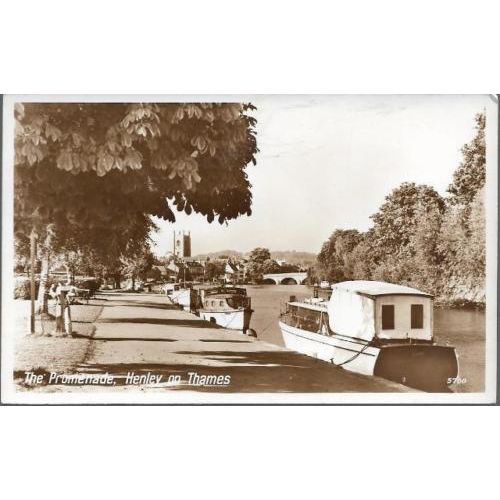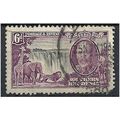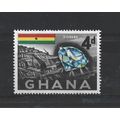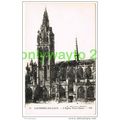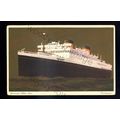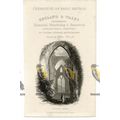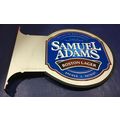Henley on Thames, Oxfordshire - Promenade, boats, Bridge - RP postcard c.1930s
- Condition : Used
- Dispatch : 2 Days
- Brand : None
- ID# : 183153632
- Quantity : 1 item
- Views : 187
- Location : United Kingdom

- Seller : justthebook (+1699)
- Barcode : None
- Start : Sun 07 Jul 2019 11:14:18 (EDT)
- Close : Run Until Sold
- Remain : Run Until Sold
Checks/Cheques
 for 1 item(s) edit
for 1 item(s) edit
Shipping Calculator
More Listings from This Seller view all
Seller's Description
- Postcard
- Picture / Image: The Promenade, Henley on Thames, (shows boats)
- Publisher: Photo Precision Ltd., St. Albans
- Postally used: no
- Stamp: n/a
- Postmark(s): n/a
- Sent to: na
- Notes / condition:
Please ask if you need any other information and I will do the best I can to answer.
------------------------------------------------
Postage and packing charge should be showing for your location (contact if not sure).
UK - PayPal, Cheque (from UK bank) or postal order
I will give a full refund if you are not fully satisfied with the postcard.
----------------------------------------------
Henley-on-Thames ![]() i/ˈhɛnliː ɒn ˈtɛmz/ is a historic market town and civil parish on the River Thames in Oxfordshire, England, 9 miles (14 km) northeast of Reading, 7 miles (11 km) west of Maidenhead and 23 miles (37 km) southeast of Oxford. One of its boundaries has the tripoint of Oxfordshire, Berkshire and Buckinghamshire. The 2011 Census recorded the parish population as 11,619.[1]
i/ˈhɛnliː ɒn ˈtɛmz/ is a historic market town and civil parish on the River Thames in Oxfordshire, England, 9 miles (14 km) northeast of Reading, 7 miles (11 km) west of Maidenhead and 23 miles (37 km) southeast of Oxford. One of its boundaries has the tripoint of Oxfordshire, Berkshire and Buckinghamshire. The 2011 Census recorded the parish population as 11,619.[1]
The first record of Henley is from 1179, when it is recorded that King Henry II "had bought land for the making of buildings". King John granted the manor of Benson and the town and manor of Henley to Robert Harcourt in 1199. A church at Henley is first mentioned in 1204. In 1205 the town received a paviage[clarification needed] grant, and in 1234 the bridge is first mentioned. In 1278 Henley is described as a hamlet of Benson with a chapel. The street plan was probably established by the end of the 13th century.
As a demesne of the crown it was granted in 1337 to John de Molyns, whose family held it for about 250 years. It is said that members for Henley sat in parliaments of Edward I and Edward III, but no writs have been found to substantiate this.
The existing Thursday market, it is believed, was granted by a charter of King John. A market was certainly in existence by 1269; however, the jurors of the assize of 1284 said that they did not know by what warrant the earl of Cornwall held a market and fair in the town of Henley. The existing Corpus Christi fair was granted by a charter of Henry VI.
During the Black Death pandemic that swept through England in the 14th century, Henley lost 60% of its population.[2]
Henry VIII granted the use of the titles "mayor" and "burgess", and the town was incorporated in 1568 in the name of the warden, portreeves, burgesses and commonalty. The original charter was issued by Elizabeth I but replaced by one from George I in 1722.[3]
Henley suffered at the hands of both parties in the Civil War. Later, William III rested here on his march to London in 1688, at the nearby recently rebuilt Fawley Court, and received a deputation from the Lords. The town's period of prosperity in the 17th and 18th centuries was due to manufactures of glass and malt, and trade in corn and wool. Henley-on-Thames supplied London with timber and grain.
A workhouse to accommodate 150 people was built at West Hill in Henley in 1790, and was later enlarged to accommodate 250 as the Henley Poor Law Union workhouse.[4]
Henley Bridge is a road bridge built in 1786 at Henley-on-Thames over the River Thames, between Oxfordshire and Berkshire. The bridge has five elliptical stone arches, and links Hart Street in Henley with White Hill (designated the A4130) leading up a steep hill to Remenham Hill. It crosses the Thames on the reach between Hambledon Lock and Marsh Lock, carrying the Thames Path across the river. It is a Grade I listed building.[2
This point of the Thames has been used for crossing since ancient times. The current bridge replaced an earlier wooden structure, the foundations of which can be seen in the basement of the Henley Royal Regatta headquarters nearby on the Berkshire side. However, the remains of two stone arches on both sides of the river indicate the existence of an even more ancient stone bridge prior to the timber structure. This bridge has been identified by some authors as the bridge which the Romans crossed pursuing the Britons in 43AD, as described by Dion Cassius. This hypothesis is refuted by many other authors.[3] The earliest recording of a bridge is in the Patent Rolls of 1232. In 1354, two granaries were leased on the bridge, which was timber on stone piers and several chapels are recorded. It was carried away in the great flood of 1774,[4] but part of the eastern abutment is built on the intact easternmost span of the original 12th-century bridge.[2]
Listing Information
| Listing Type | Gallery Listing |
| Listing ID# | 183153632 |
| Start Time | Sun 07 Jul 2019 11:14:18 (EDT) |
| Close Time | Run Until Sold |
| Starting Bid | Fixed Price (no bidding) |
| Item Condition | Used |
| Bids | 0 |
| Views | 187 |
| Dispatch Time | 2 Days |
| Quantity | 1 |
| Location | United Kingdom |
| Auto Extend | No |

